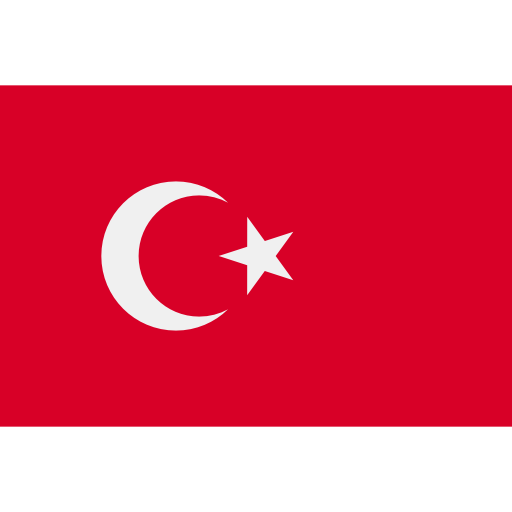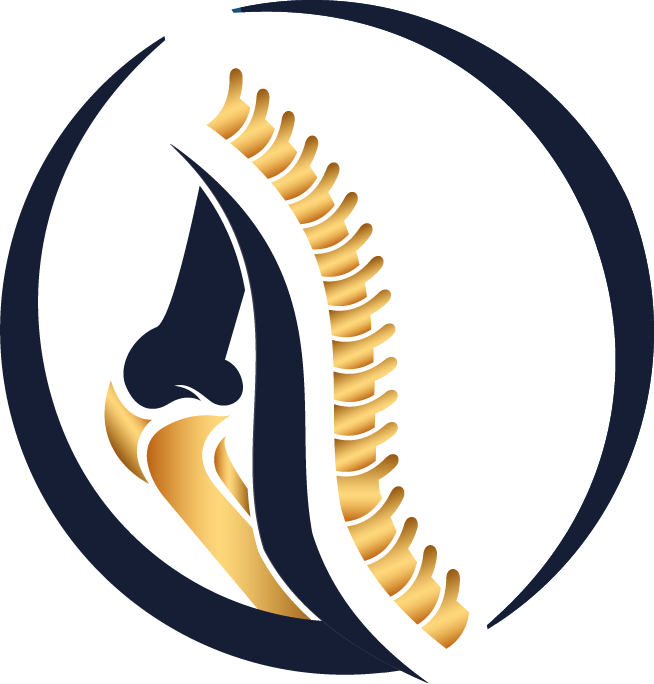The forearm consists of two bones, the Radius and the Ulna. In adult forearm fractures, these two bones are usually broken together. The forearm bones can be broken near the wrist joint, in the midline or near the elbow.
The most important function of the forearm is to give the palm up and down looking positions by rotating around itself. The radius rotates around it while the ulna remains stationary. Fractures of the forearm may adversely affect the forearm rotation, wrist and elbow mobility.
The forearm bones can be broken in various ways. The fracture can range from a mild fissure to a comminuted fracture. In some cases, the broken ends may come out of the skin. These are called open fractures, which are urgent to treat. Because of the infection, they require immediate medical attention. Forearm fractures are usually fractures of both the radius and ulna, and single bone fractures occur mostly in the ulna bone, while the person protects himself as a result of direct impact.
What are the Signs and Symptoms of Forearm Fracture?
- Swelling
- Forearm deformity
- The forearm appears shorter than the other arm.
- Bruising
- Severe limitation of wrist and elbow movements and increased pain with movement
- Numbness or weakness may occur in the fingers
Treatment of Forearm Fractures
The main purpose of fracture treatment is to fix the fracture in the appropriate position and immobilize it until the fracture heals. If the fracture is not in the proper position, it can lead to loss of function by causing limitation in wrist and elbow movements, pain and deformity.
Surgery is usually required to successfully correct adult forearm fractures.
If surgery is planned for the treatment of a forearm fracture, a temporary arm splint (cast) should be placed until the time of surgery. Because it is necessary to immobilize the fracture with a cast. Otherwise, the vessels and nerves passing near the broken ends may be damaged. Painkillers and ice therapy are applied.
Surgical treatment varies according to the shape and region of the fracture. Although forearm nails applied into the bone are our primary choice because they require less incision, allow immediate movement after surgery, and have lower rates of nonunion. Fractures extending to or close to the joint are fixed with plates and screws.
 Türkçe
Türkçe
 Arabic
Arabic


